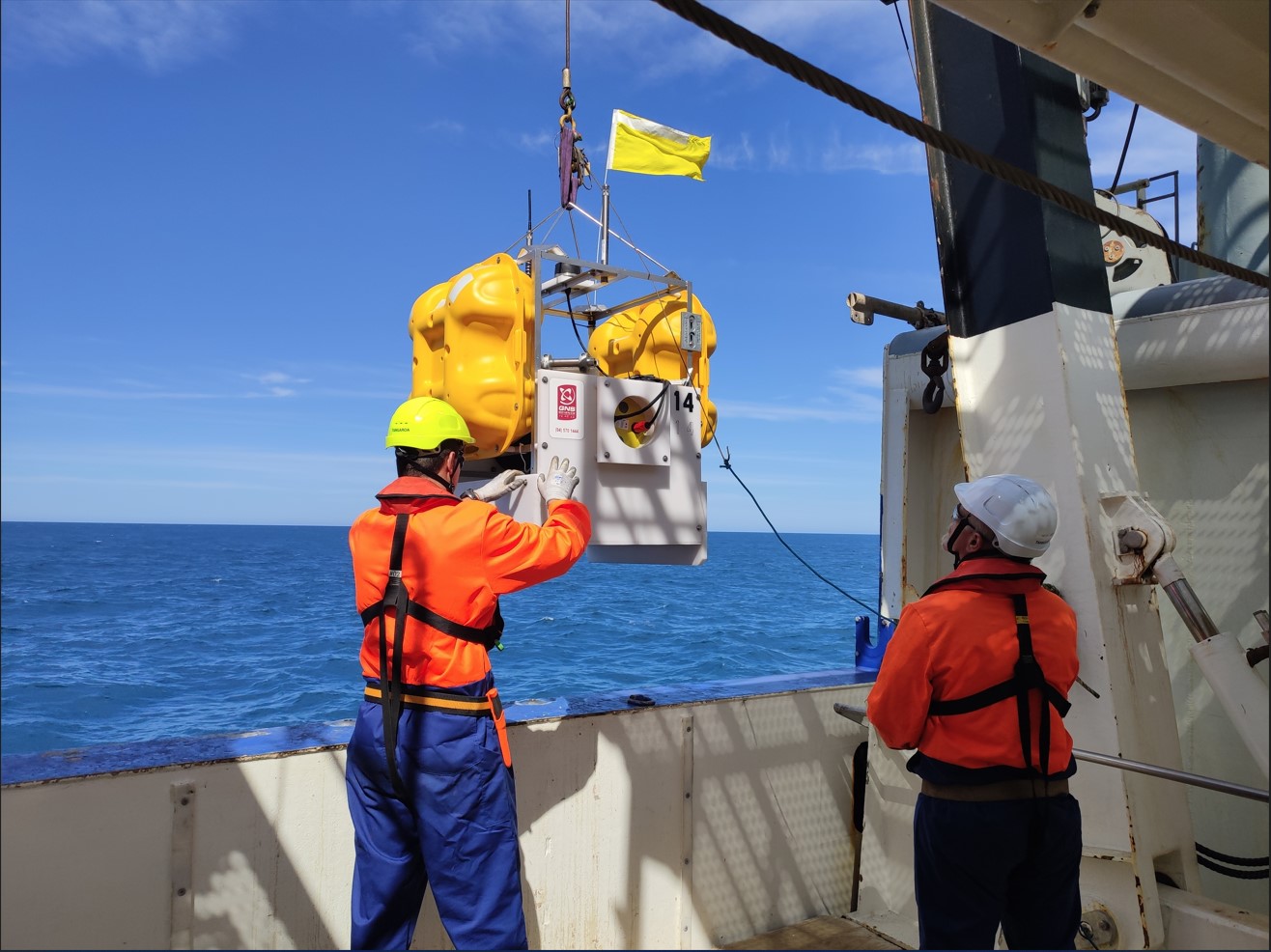
Slow slip earthquakes
Project period: 2021 - 2024
Organisations: GNS Science, Victoria University of Wellington, University of Texas, University of Ottawa, and the University of Tokyo
Project location: East Coast of the North Island of New Zealand
Introduction
 A team of scientists are trying to uncover more about slow slip earthquakes, how their energy builds up and how it gets released to better understand the Hikurangi subduction zone and the hazards it poses to New Zealand.
A team of scientists are trying to uncover more about slow slip earthquakes, how their energy builds up and how it gets released to better understand the Hikurangi subduction zone and the hazards it poses to New Zealand.
Slow slip earthquakes occur at subduction zones. They are different to normal earthquakes as energy is released over weeks to months, rather than suddenly like a normal earthquake.
This means we don’t feel them as they happen so slowly, nor are they picked up by seismometers, so they have to be recorded with special GPS equipment.
Scientists first recorded slow slip earthquakes in 2002 off the coast of the North Island along the Hikurangi subduction zone, where the Pacific Plate subducts beneath the Australian Plate.
Since then, GNS Science has recorded regular slow slip earthquakes, using the LINZ and GeoNet GPS network.
This project focuses on an area near Cape Turnagain. This location was selected as it experiences slow slip earthquakes that are also associated with swarms of small quakes approximately every five years or so, with the last one occurring in 2016 after the Kaikōura earthquake.
Scientists are preparing to catch the next slow slip event with a sophisticated network of around 60 onshore instruments across the Central Hawke’s Bay and Wairarapa and 26 offshore instruments offshore southern Hawke’s Bay and northern Wairarapa.
Data from these instruments will allow scientists to accurately locate very small earthquakes and identify how their locations and properties are affected by slow slip earthquakes, as well as record the slow slip earthquakes themselves.
By capturing smaller earthquakes related to the larger slow slip event, scientists will have the chance to study how energy builds up and gets released on these large subduction faults and test ideas around how these slow slip events happen.
Scientists have previously observed behavioural changes in small earthquakes both prior to and during slow slip earthquakes, but not with sufficient resolution to fully understand why.
This will enable them to determine whether there are any observable changes in the Hikurangi subduction zone that could be used as future monitoring tools for large earthquakes.
This project is part of several large research projects working to better understand the Hikurangi subduction zone and the hazards it poses to New Zealand.
Latest news
Check out the video
Disclaimers and Copyright
While every endeavour has been taken by the East Coast Lab Hikurangi Subduction Zone M9 to ensure that the information on this website is
accurate and up to date, East Coast Lab Hikurangi Subduction Zone M9 shall not be liable for any loss suffered through the use, directly or indirectly, of information on this website. Information contained has been assembled in good faith.
Some of the information available in this site is from the New Zealand Public domain and supplied by relevant
government agencies. East Coast Lab Hikurangi Subduction Zone M9 cannot accept any liability for its accuracy or content.
Portions of the information and material on this site, including data, pages, documents, online
graphics and images are protected by copyright, unless specifically notified to the contrary. Externally sourced
information or material is copyright to the respective provider.
© East Coast Lab Hikurangi Subduction Zone M9 - www.eastcoastlab.org.nz / +64 6 835 9200 / info@eastcoastlab.org.nz










